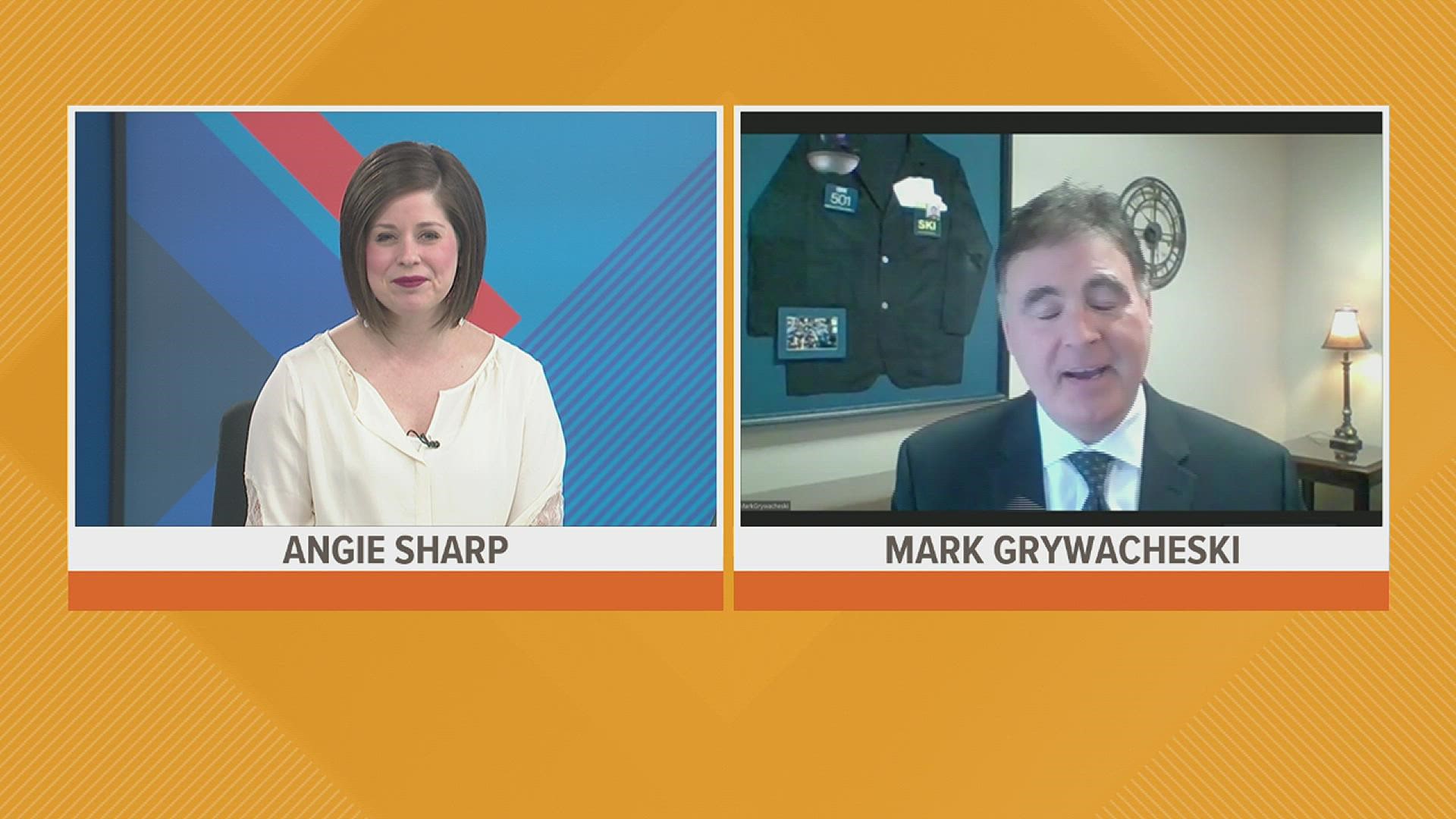MOLINE, Ill. — There's a big difference between 150,000 and 467,000. Respectively, that's how many jobs were expected and how many jobs were added to the U.S. economy in January.
GMQC Financial Expert Mark Grywacheski with the Quad Cities Investment Group said Monday, Feb. 7 on Good Morning Quad Cities that the expectations were fairly grim over what impact the omicron variant was going to have on the labor market in January.
"Wall Street's forecast of just a 150,000 gain was on the low-end of recent expectations," he said. "Many analysts were actually projecting a net loss of jobs. So even though the national unemployment rate ticked up from 3.9% to 4%, I think Wall Street was very pleased with this latest report."
Grywacheski said he still considers this a "relatively strong" labor market because we're seeing solid gains. However, he said those gains continue to underperform what Wall Street is expecting - despite the January jobs report.
"Over the past 10 months, the economy has 800,000 fewer jobs than Wall Street's forecast," he said. "Here we are quickly approaching the 2-year anniversary of the pandemic and the economy is still short almost 3 million jobs from its pre-pandemic level."
Mark said the biggest challenge for the labor market right now is getting people back to work.
"One of the telling signals within these labor reports is the labor participation rate, which is the percentage of Americans who are working or actively looking for work. The labor participation rate is still stuck near a 45-year low. So, we have millions of Americans who were once working, are no longer working and, and more importantly, are not even looking for a job and you see this lack of participation that's really driving this labor shortage."
For Mark's outlook on the labor market for the rest of 2022, watch the video above.

